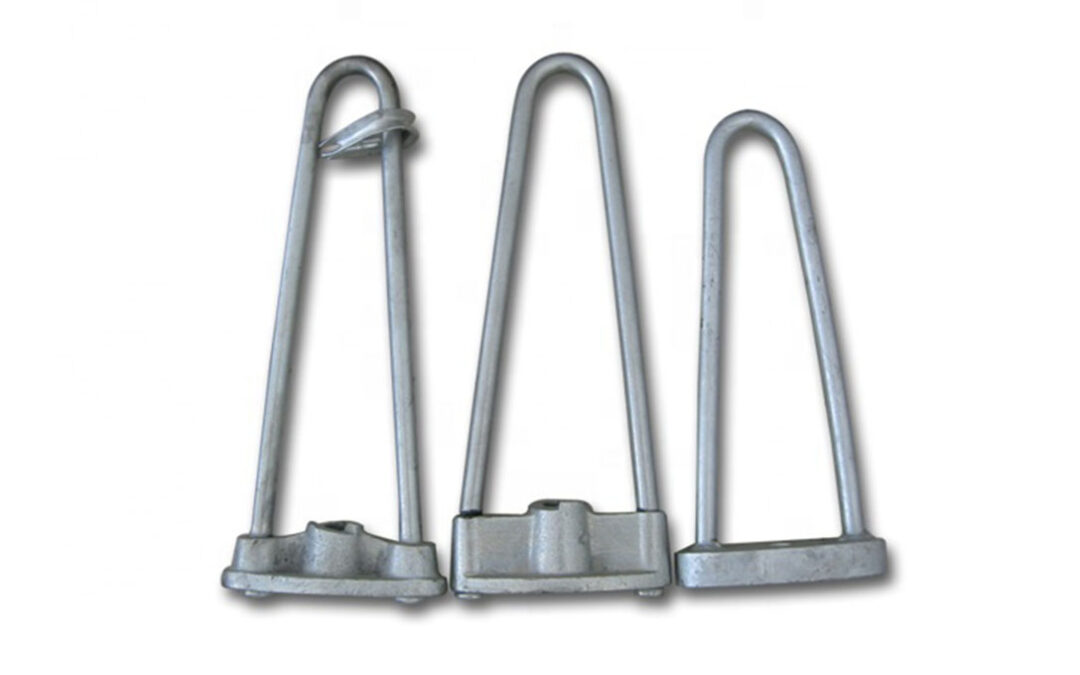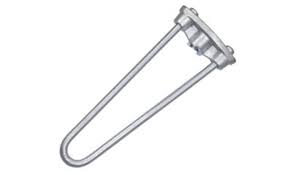
A stay rod is a component used to provide extra support and stability to electrical conductor. It is also known as a guy wire, stay set or a guy rod. It also helps to connect the stay wire to the ground anchor. A stay rod ensures the wire is firmly rooted to the ground and everything remains stable. It is from materials that resist rust, corrosion and weather conditions such as high humidity and tropical rains. These materials include steel and aluminum. The high-quality stay rods help to maintain electrical systems in south America. This is due to the diverse weather conditions in the region such as coastal regions, tropical rains, strong winds and terrains. Common types of stay rods include anchor stay rods, angle stay rods and temporary stay rods. They find use in applications such as transmission lines, wind turbines and lighting.
Key features of stay rod
Stay rods have various features that vary depending on the specific type and type of application. These features help the rod to provide mechanical strength and stability to the various structures. The following are the key features of the stay rod.
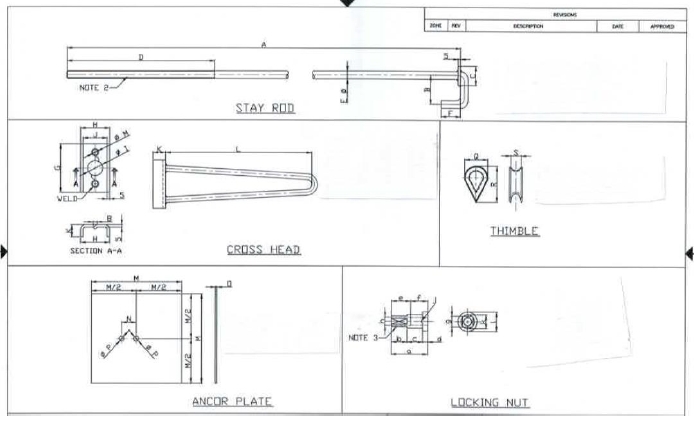
- Corrosion resistance – the stay rods may have coatings of treatments that help ensure a longer serviceable life. This is by resisting corrosion from the various environmental conditions.
- Tensile strength – they are able to withstand significant tensile loads and provide stability to the structures.
- Anti-galloping features – these features help to prevent conductors from galloping during adverse weather conditions.
- High-load bearing capacity – they are capable of handling high loads. This helps to prevent leaning of support structures.
- Material – stay rods are from high-strength materials and durable materials. These materials include steel and aluminum.
- Adjustability – adjustability in length makes it easier to fine-tune tension and alignment during installation.
- Vibration dampening – stay rods are capable of reducing vibrations and oscillations for stability and performance.
- Ease of installation – stay rods include use of various fittings and hardware. This is for attachment to structures and anchor points.
- Cost effectiveness – they are cost effective to provide structural support and stability.
Selection and maintenance of stay rod
The selection process involves considering several factors to ensure the suitability of the stay rod. These factors include project requirements, environmental conditions, material, adjustability, budget considerations, installation and testing. The installation process should ensure the stability and safety of structures. Also, it is advisable to consult industry experts for guidance on the best installation methods whenever in doubt. The following is a general step by step process for stay rod installation.
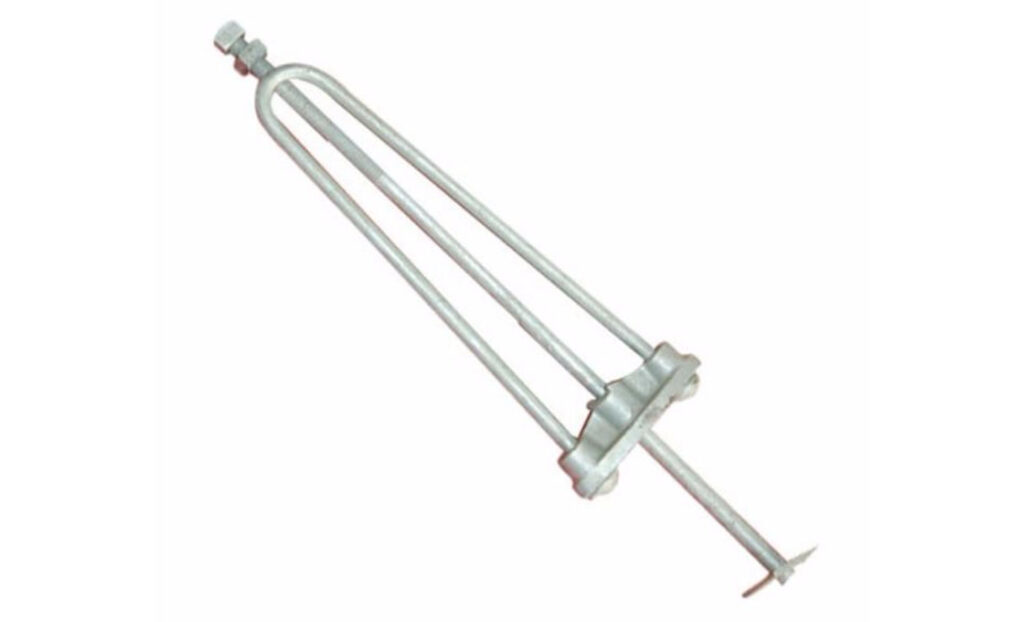
- Site assessment – evaluate the terrain, soil conditions and anchor points. This is to ensure they meet the requirements.
- Safety precautions – ensure all the workers are properly trained for safety. This helps to prevent accidents and electricl hazards.
- Preparation – collect all the necessary tools and materials required for the installation. This includes stay rods, fittings, anchors, tensioning equipment and extra hardware.
- Marking and measurements – determine the precise locations for the stay rod and anchor points. Measure and mark the locations on the structure and ground.
- Anchor installation – drill the holes and set the anchors in the ground.
- Structure attachment – attach on end of the stay rod to the structure to support. This is through using fittings and hardware designed for the purpose.
- Tensioning – apply tension to the stay rods using tensioning equipment. Ensure the level meets the engineering and safety requirements.
- Alignment – ensure the structure remains aligned and plumb throughout the installation process.
- Guy anchor installation – secure the other end of the stay rods to the anchor points. These could include ground anchors, anchor rods or other suitable devices.
- Fine-tuning – fine-tune the tension during installation to achieve the desired alignment and stability.
- Inspection – perform a visual inspection to ensure the components are properly secured, tensioned and aligned.
- Documentation – maintain detailed records for the installation process. This is including tension levels, specifications and inspection results.
Maintenance and inspection of stay rod
Conducting proper maintenance and inspection helps to ensure the continued safety and reliability of structures. It also helps to identify and address any issues to extend the lifespan of stay rods. The frequency of maintenance and inspection depends on the various environmental conditions. Additionally, it is advisable to perform professional maintenance and inspection once in a while. The following is a basic guide to maintenance an inspection in South America.
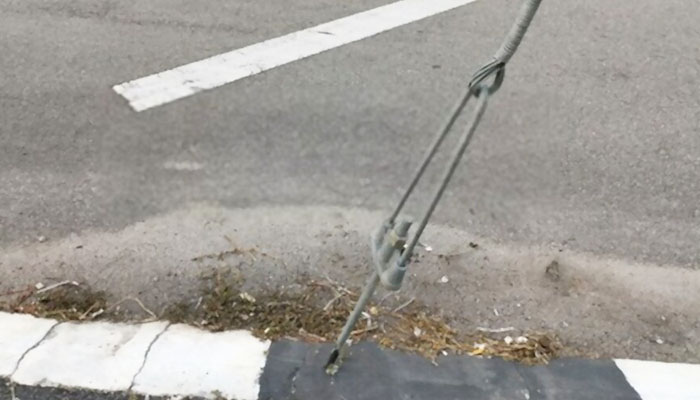
- Create a regular inspection schedule based on the environmental conditions, usage and the type of stay rods in place.
- Perform visual inspections of the entire stay rod systems and check for signs of wear, corrosion or loose hardware.
- Ensure the stay rods maintain the correct tension using the suitable measurement tools.
- Inspect the stay rods for signs of corrosion especially in the coastal areas in South America.
- Inspect and test the guy wire clamps and fittings to ensure they are properly tightened and secure.
- Consider the potential impact of environmental factors. These include strong winds, seismic activity and heavy rainfall. Ensure the stay rods are capable of withstanding these conditions.
- Inspect for galloping of conductors during icy or windy conditions. Ensure the anti-galloping devices function as intended.
- Tighten any loose hardware and replace any corroded or damaged components.
- Keep detailed records of inspection findings including photographs, tension measurements and maintenance actions taken.
Comparative analysis of stay rod in South America
A comparative analysis includes evaluating various factors to determine the best stay rod for your application. The main factors to include in the assessment include type of stay rod, material and designs. Additionally, it is advisable to consult with engineers for guidance to make an informed decision. The following are the factors to include in a comparative analysis in South America.
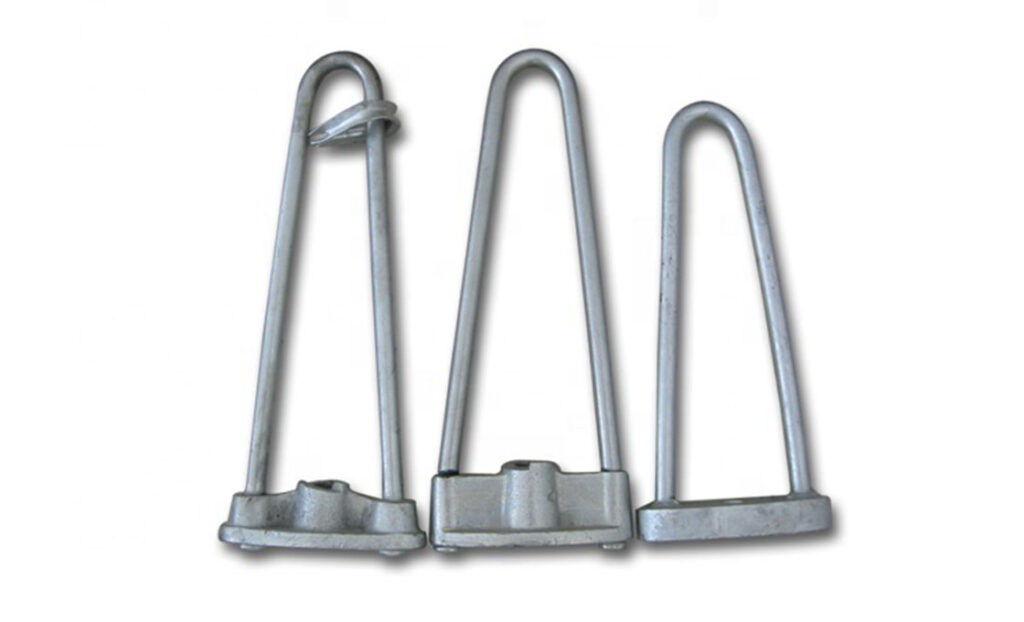
- Durability – assess the expected lifespan and durability of stay rods.
- Corrosion resistance – evaluate the corrosion resistance of stay rods including materials used and coatings.
- Application types – select the stay rods that align with the various applications in the region. Common applications include power transmission, telecommunication towers and wind turbines.
- Load bearing capacity – assess the load bearing capacity of the stay rods which should withstand the expected loads.
- Torsional strength – torsional strength helps to resist twisting and maintain structural stability.
- Cost-effectiveness – consider the cost of stay rods and the overall lifecycle costs. This includes installation, maintenance and potential replacements.
- Adjustability – adjustable stay rods allow for fine-tuning of tension and alignment. This helps during installation and maintenance.
- Maintenance requirements – evaluate the maintenance needs for the different types of stay rods.
- Environmental impact – consider the environmental impact of stay rod materials and coatings. Check their sustainability and recyclability.
Certifications and standards in South America
The certifications and standards of stay rods in this region varies from country to country and by application. These standards help to ensure safety, reliability and performance of the various applications. Also, it is advisable for manufacturers and suppliers to provide documentation and certification information. This helps to ensure their products meet the necessary requirements. The following are the common certifications and standards in South America.
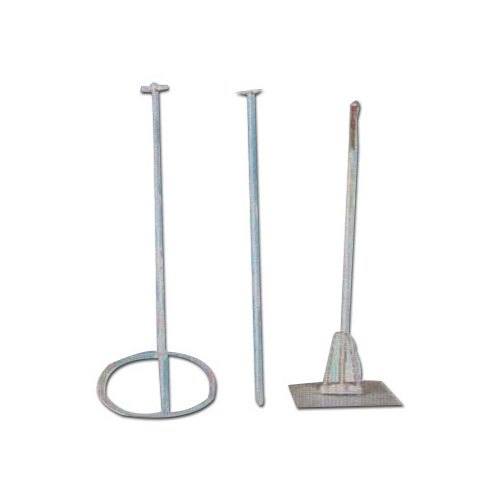
- IEC standards – these standards provide guidelines for the selection and design of overhead line fittings.
- IEEE standards – these are for the design and testing of overhead transmission line structural components.
- ASTM standards – these are standards that address corrosion protection. This includes hot dip galvanizing and coatings.
- ISO certifications – this applies to aspects of stay rod design, materials and performance. They help to ensure quality and performance of the stay rods.
- ANSI standards – this includes guidelines for the construction and maintenance of transmission lines.
- Local electrical codes and regulations – each country in the region has their own standards and regulations for stay rods.
- Environmental impact standards – stay rods need to meet certain sustainability and environmental impact standards.
Regional market for stay rods in South America
There are various market dynamics that influence the regional market for stay rods in this region. The market varies by country and application due to various electrical needs across the region. Also, it is advisable to conduct market research and adapt to strategies accordingly. The following are the factors that influence the regional market for the stay rods.
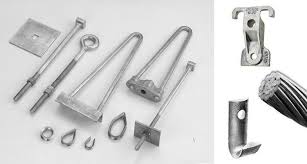
- Disaster resilience – South America is prone to natural disasters such as earthquakes and tropical storms. Structures using stay rods may be able to withstand these challenges.
- Environmental impact – stay rods have eco-friendly materials and coatings that improve sustainability.
- Local manufacturers and suppliers – the availability of local manufacturers and suppliers of stay rods influence the market dynamics.
- Hydroelectric power – stay rods support electrical equipment used in hydroelectric power generation.
- Urban development – the rapid urbanization drives the need for street lighting, traffic signal poles and other urban infrastructure.
- Telecommunications – stay rods work in this industry to support the vast network of cell towers, radio masts and other communication structures.
Frequently asked questions
Stay rods are structural components used to provide stability and support to utility poles, transmission towers and other structures. The main purpose is to counteract the forces of wind, ice and conductor weight to maintain structural integrity.
Regular visual inspections, tension measurements and corrosion assessments are part of the maintenance routine. This helps to address issues such as corrosion, loose hardware and alignment problems.

